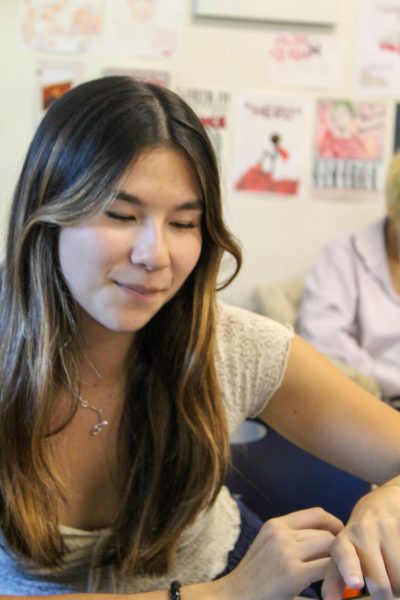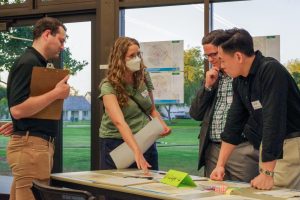Reforming class councils for better representation
INCLUSIVITY: Northwood Class Councils could better represent the student body
September 26, 2022
For most students, the end of the school year is a typical blur of finals, negotiating higher grades and finding the motivation to actually show up at school. For a smaller group of students, though, it also means hours of editing their class council application and nervously awaiting a confirmation or denial via email.
As one of the largest organizations for advertising student-led events and cultivating a positive environment on campus, Northwood’s class councils are highly regarded and follow a strict appointment process. However, as we continue with a year of changing old traditions for the better, there is one question that begs to be answered: Should Northwood consider a change in council selection?
In short, the answer is yes. Traditionally, councils at Northwood consist of 16-18 people (varying by grade) and are not decided until ASB cabinet elections have concluded, since the task of selecting a council is the responsibility of the newly elected presidents and vice presidents of each grade. Although this model of appointment allows each council to commence and begin planning events earlier in the school year, the selection of members can become highly dependent upon the preferences of each president and their respective advisor.
Contrastingly, the compilation of councils at Woodbridge is entirely different as the process takes multiple months and embodies the voice of the entire student body; an approach that Northwood should further consider. Senior Nanami Yamakawa, the ASB president at Woodbridge, detailed their system.
“Before the school year ends, there is a separate class council election that is similar to any other ASB elected position,” Yamakawa said. “Out of everybody running, only eight people get elected.”
Similar to the campaigns of standard roles such as presidents and commissioners, candidates are given the opportunity to publicize their campaign and present speeches to their peers. End-of-year elections also decide the upcoming class representatives, or president and vice presidents: Leaving 10 out of 20 total positions filled as the school year concludes.
The remaining 10 spots are decided under the discretion of the elected representatives at the beginning of the next school year, which is similar to Northwood’s practice. Yet, the key difference between these methods is that Woodbridge students have more say in their representatives on campus—who act as the branch between ASB and the student body—as well as more opportunities to apply for positions.
“The purpose of a student council is to have a group that specifically serves and represents your class,” Yamakawa said. “You get a mix of different students in class council through different ways of appointment.”
Although an election sounds unfair due to an unspoken emphasis on popularity rather than true passion, it doesn’t necessarily make a negative contribution to councils. A person elected by vote clearly has the trust of the student body to properly represent their ideas; in combination with the 10 appointed representatives, multiple cultures and niche interests clubs are well acknowledged across campus.
Yamakawa also discussed the impact of forming committees of 20 members as opposed to 15—or in some cases, even fewer. Recruiting a greater number of students has made a large impact on school culture by bridging the gap between polar groups on campus, helping the collective community feel more welcoming and connected.
With changes to traditions as significant as homecoming court pioneering the way, it may be time to step back and take a look at our class councils. Changing a school’s culture for the better takes time, but the 2022-23 school year is the best place to start. By adopting an election system or simply implementing a consistent and slightly larger group of people, student councils will have the ability to better serve and represent all classes at Northwood.


























































